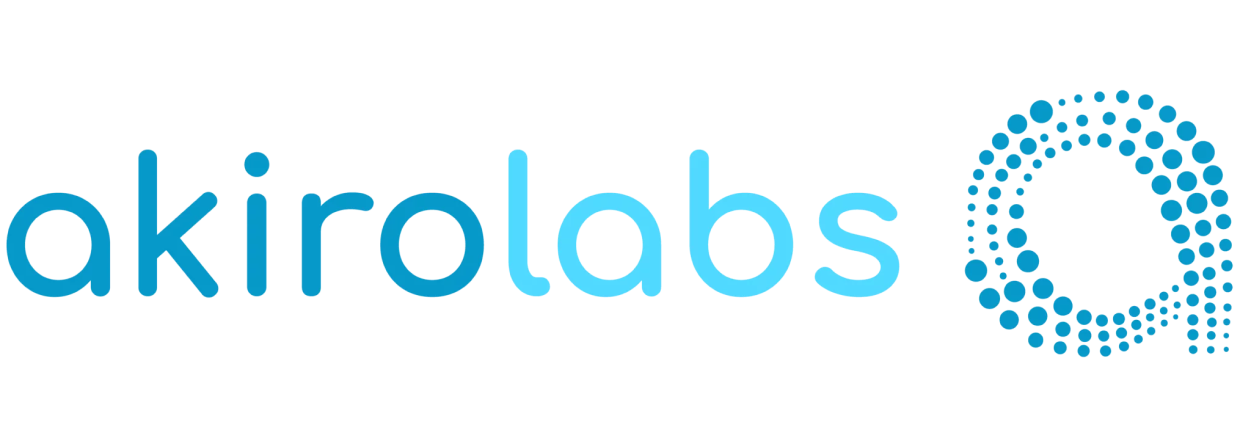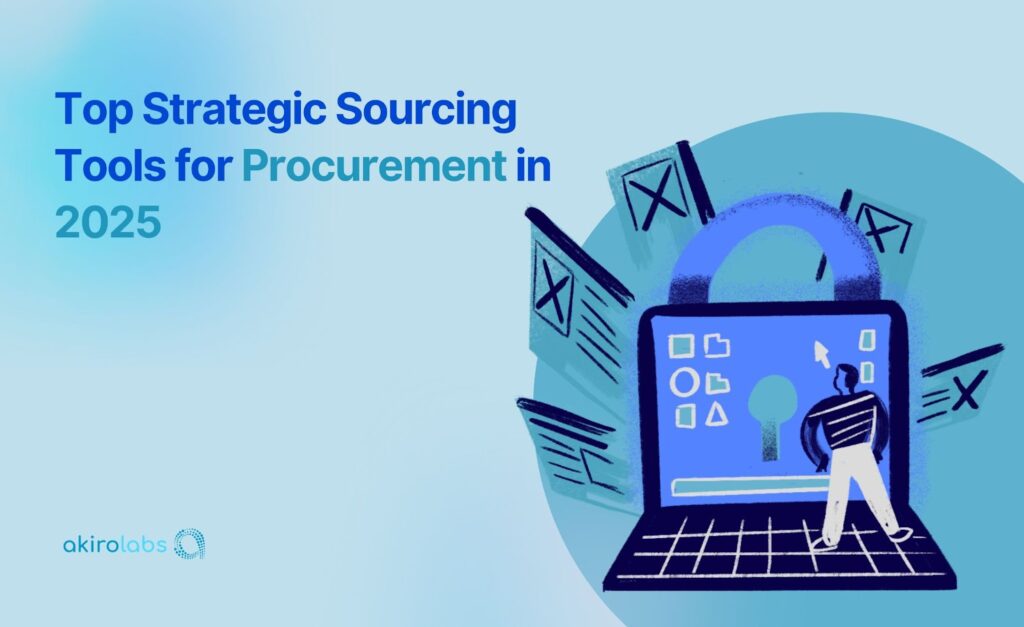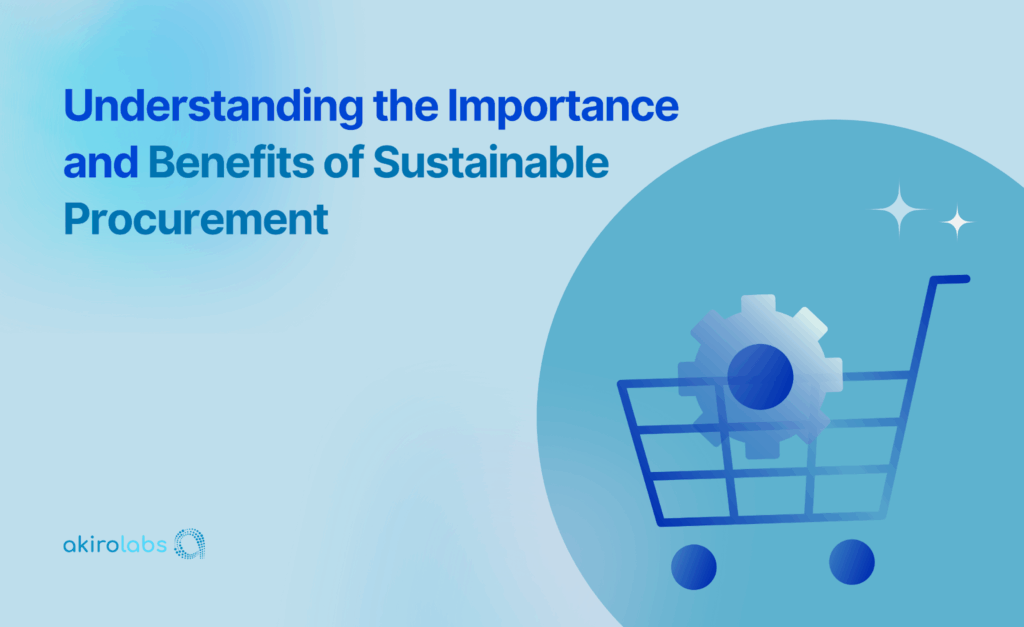When you’re in charge of procurement decisions, getting the best value for your investment is essential. Just as you would compare options for personal purchases, carefully evaluating vendors is key to ensuring the success of your business projects.
You often rely on formal documents like Requests for Quotations (RFQs) and Proposals (RFPs) to make well-informed decisions and choose the right vendor. These tools help you assess potential vendors and find the perfect fit for your needs.
But how do you decide between an RFQ and an RFP? In this article, you’ll gain a comprehensive understanding of the differences between these two tools, empowering you to confidently select the right one for your next project.
What Is RFQ?
An RFQ, or Request for Quote, is a document to gather detailed pricing information for a specific product or service during procurement. It’s particularly useful when your requirements are clear, and you don’t need additional details about the product or service. Depending on the complexity of your procurement needs, you can send an RFQ independently or alongside an RFP.
You’ll typically find the vendor’s pricing, payment terms, and detailed product or service specifications within an RFQ. You might turn to an RFQ when you know exactly what you’re looking for, have a defined budget, and are ready to purchase.
If your primary focus is on price and you’ve already decided on the exact features or specifications you need, using an RFQ can help you streamline the vendor selection process. Collecting multiple RFQs lets you quickly evaluate your options and choose the best one based on cost.
But how does an RFQ differ from an RFP? Let’s explore RFPs next.
What Is RFP?
An RFP, or Request for Proposal, is a document that outlines the details of a project and invites vendors to submit proposals on how they would handle it. Unlike an RFQ, which focuses primarily on pricing, an RFP dives deeper into the overall project requirements, including timelines, scope of work, and the expertise needed.
When vendors respond to your RFP, their proposals typically include everything you need to know—how they plan to tackle your project, their approach to solving the problem, and the cost of their services.
You might use an RFP in situations where:
- The project is complex: An RFP provides a detailed description of your needs, making it ideal for projects that require a comprehensive solution.
- You’re comparing multiple service providers: If you’re evaluating different vendors to find the best value for a set of services, an RFP can help you simplify the decision-making process and choose wisely.
In short, RFPs are perfect for projects where price isn’t the only factor, and you need a clear understanding of how vendors can meet your specific needs.
Now, let’s quickly examine the differences between RFQs and RFPs.
Also Read: Guide to Identifying Procurement Categories and Types
RFQ Vs. RFP – What Is The Difference?
The main difference between an RFQ and an RFP lies in their purpose and the type of information you focus on:
- RFQ (Request for Quote): You use this to get detailed pricing information for specific, well-defined products or services. It’s perfect for straightforward purchases where cost is the primary factor you must compare.
- RFP (Request for Proposal): You turn to this when you need detailed proposals for more complex projects. An RFP helps you evaluate not just pricing but also factors like the vendor’s approach, experience, and quality of work. It’s ideal when the solution isn’t predefined, and you want vendors to offer creative ideas or expertise.
Simply put, you should use an RFQ when you know exactly what you need and want the best price. On the other hand, choose an RFP when you need a more comprehensive plan and evaluation that goes beyond cost. Ultimately, it’s up to you to decide which one best suits your specific needs—an RFQ or an RFP.
How To Choose Between RFP And RFQ?

Choosing between an RFQ (Request for Quote) and an RFP (Request for Proposal) depends entirely on your project’s specific needs and nature. Here’s how you can decide which one to use by considering a few key factors:
Here are the key factors to consider when deciding which one to use:
1. Project Complexity
When to Use an RFQ: If your project is straightforward and you know exactly what you need, an RFQ is your best option. This works well for purchases involving well-defined products or services, such as office supplies or standard equipment. In this case, your focus is primarily on pricing since the deliverables leave little room for variation.
When to Use an RFP: For more complex projects that require customized solutions, you’ll want to go with an RFP. For example, if you’re launching a custom software development project or a large-scale marketing campaign, you’ll need vendors to provide detailed proposals on how they’ll meet your requirements. The project’s complexity means you must evaluate multiple factors beyond cost.
2. Evaluation Criteria
If Price Is the Priority: When cost is the main factor driving your decision, an RFQ is the way to go. This is ideal for situations where quality, methodology, or the vendor’s experience are secondary to getting the best price. An RFQ lets you quickly compare quotes and pick the most affordable option that meets your requirements.
If Multiple Factors Matter: If your decision depends on a mix of factors—like the quality of a vendor’s solution, their project approach, or their track record—you’ll want to use an RFP. For instance, cost is only one part of the equation when hiring a construction firm for a new building or selecting a consultant for a strategic project. You must also evaluate the vendor’s expertise and how they plan to execute the project.
3. Market Knowledge
When You Understand the Market: If you’re confident about the specifications of the product or service you need and are familiar with what the market offers, an RFQ is the right tool. This works well for routine purchases where the requirements are standard and well-documented, such as procuring raw materials or IT hardware.
When You Need Vendor Input: If you’re unsure about the best approach or want vendors to propose creative solutions, go with an RFP. For example, suppose you plan to adopt new technology or implement a sustainability initiative. In that case, an RFP allows vendors to showcase their expertise and suggest innovative strategies you might not have considered.
Also Read: Procurement in the C-19 Spotlight
How to Write an Effective RFQ?
An RFQ should be clear, concise, and focused on pricing and specifications. To ensure vendors provide precise quotations, consider these key elements:
- Keep It Simple and Precise
- Use straightforward language to avoid misinterpretation.
- Clearly state the product or service specifications.
- Avoid unnecessary details that don’t impact pricing or delivery.
- Specify Quantity, Quality, and Delivery Expectations
- Define the exact number of items or services required.
- Mention quality standards, industry certifications, or required compliance measures.
- Outline the expected delivery timeline and shipping requirements.
- Include Terms and Conditions for Transparency
- List payment terms, warranty details, and contract obligations.
- Specify penalties for late delivery or failure to meet specifications.
- Clarify whether the lowest bid will automatically win or if additional factors will be considered.
- Provide a Submission Deadline and Contact Information
- Set a firm deadline to receive all quotes.
- Offer a point of contact for vendors to clarify doubts before submission.
Example RFQ Format:
- Company Name: [Your Business Name]
- Product/Service Description: [Clearly specify the item or service needed]
- Quantity Required: [Specify the number of units]
- Delivery Timeline: [Expected delivery date]
- Payment Terms: [Net 30, upfront payment, etc.]
- Submission Deadline: [Date & Time]
- Contact Information: [Email & Phone Number]
How to Write an Effective RFP
An RFP should go beyond pricing and invite vendors to propose solutions, approaches, and expertise. The more detailed and structured your RFP, the better the responses will be.
- Define the Scope of Work and Desired Outcomes
- Clearly describe the problem you want to solve or the service you need.
- Specify key deliverables, expected results, and performance benchmarks.
- Provide background on your organization and project goals to give vendors context.
- Provide Evaluation Criteria for Vendor Selection
- List factors you’ll use to evaluate proposals, such as:
- Experience and expertise in similar projects.
- Methodology and approach.
- Compliance with industry standards.
- Cost-effectiveness (not just lowest price).
- Assign weight to each factor to ensure a balanced evaluation process.
- List factors you’ll use to evaluate proposals, such as:
- Ask for Detailed Project Timelines and Methodologies
- Require vendors to outline how they will execute the project.
- Request a timeline with milestones to track progress.
- Ask for risk management strategies if the project has potential challenges.
- Request Pricing Breakdown and Payment Terms
- Instead of just a total cost, ask for a breakdown of fees, including labor, materials, and additional costs.
- Define acceptable payment structures (e.g., milestone-based payments).
- Include Submission Guidelines and Contact Information
- Specify the format in which vendors should submit proposals (PDF, Word, online portal).
- Provide a deadline and whom to contact for questions.
Example RFP Format:
- Project Title: [Your Project Name]
- Company Overview: [Brief introduction to your business]
- Project Scope: [Description of what needs to be done]
- Expected Deliverables: [What you expect the vendor to provide]
- Evaluation Criteria: [How proposals will be assessed]
- Budget Range (Optional): [General price range, if applicable]
- Submission Deadline: [Date & Time]
- Contact Information: [Email & Phone Number]
Also Read: Understanding the Process, Importance, and Meaning of Supplier Management
Conclusión
Choosing between RFQs and RFPs is a critical step in the procurement process. RFQs work best for simple, price-focused purchases, while RFPs are ideal for complex projects that require detailed solutions and vendor expertise. By understanding your project’s needs and goals, you can ensure a smooth procurement journey and find the best fit for your business.
Tools like akirolabs offer smart solutions to simplify and streamline your RFP and RFQ management to make the process even more efficient. With AI-powered insights, centralized collaboration, and effective supplier management, Akirolabs can help you save time, reduce errors, and achieve better results.
Ready to take your procurement process to the next level? Schedule a demo today!






